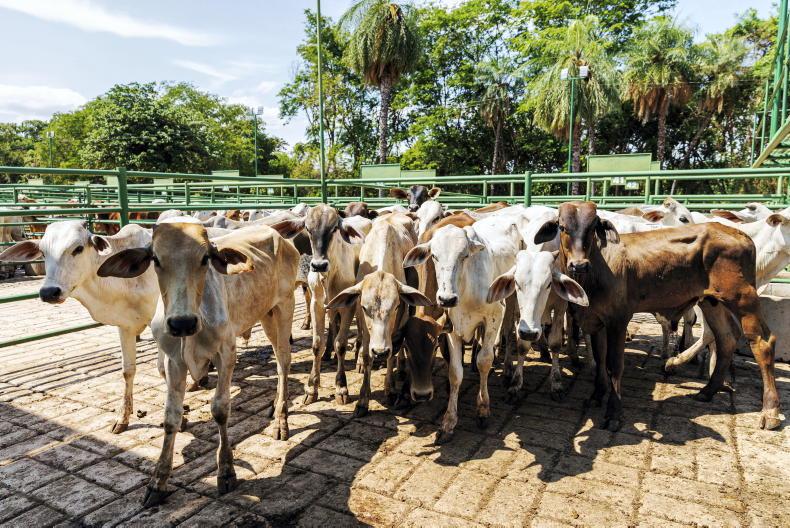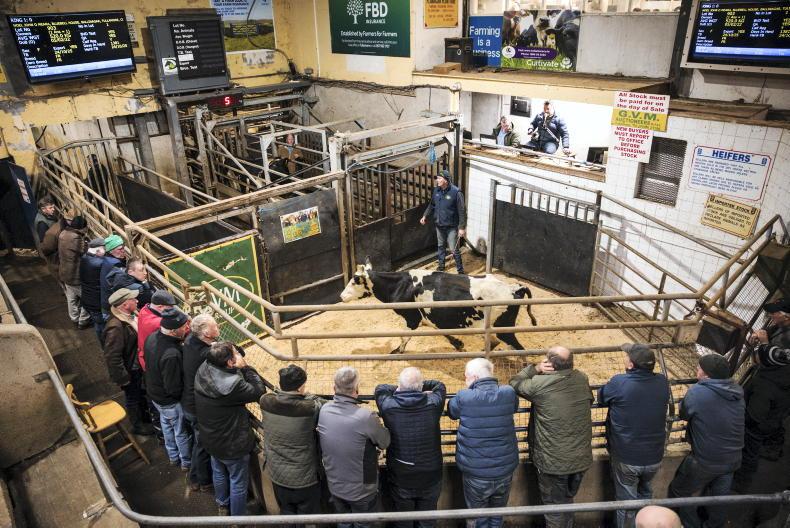This weekend, Minister for Agriculture Michael Creed will lead one of the largest trade missions ever organised by Bord Bia to China. It includes attendance at the SIAL food show where he will officially open the Irish stand on Wednesday and all of the major Irish companies in beef, dairy, pigmeat and seafood will be present.
The timing of the mission and the trade show is of particular interest to the beef industry given the announcement a few weeks ago that the first batch of Irish factories are approved with more on the way. Beef is expected to be in transit to China within weeks and farmers will be looking anxiously at what this will do for the trade in the short as well as medium term.
China has delivered
While we won’t know precisely the value of the Chinese market for beef until trading starts, the market research is all positive. Additionally, the market has already delivered hugely for other sectors, particularly dairy and pigmeat with dairy exports to China worth €666m in 2017 which is more than a fivefold increase since 2012.
The core Irish dairy business to China is infant formula, which accounts for over 90% of exports, but this business is expected to slow with competition from the Netherlands and New Zealand putting pressure on the market according to Bord Bia.
The products with growth potential are non-concentrated milk and cream, butter and cheese, which have shown strong growth although from a low base of less than €1m in 2013 to over €8m in 2017, combined. China is Ireland’s second most important market after the UK for dairy exports.
Pigmeat
China was also Ireland’s second most important export market for pigmeat in 2017 taking 59,000t (21%) of exports. Although this was down on the exceptionally high levels of 2016, it is still almost three times the volume that Ireland exported to China in 2012. The type of business has also developed from selling offal to selling bone in legs and shoulders but market volatility is an issue with prices falling from highs in Chinese currency of CNY15.50/kg (€2.05/kg) in April 2017 to CNY11.00/kg (€1.45/kg) in April 2018.
The beef opportunity
The Chinese beef market presents the best potential for growth of any market in the world and the challenge for Ireland is how to maximise the return from that market. According to Bord Bia figures, Chinese total beef imports grew from under 100,000t in 2012 to 700,000t in 2017 a seven fold increase.
It is estimated that this market for beef imports will continue to grow sharply with a doubling of 2017 figures to 1.4m t required in 2020. Ireland is the first EU country approved to export beef to China, though with restrictions, and it is predicted by Bord Bia that 100,000t of beef from the EU could be part of Chinese beef imports in 2020 with a significant part of this coming from Ireland.
To put this in context, Ireland exported 556,000t of beef in 2017 with the UK taking just over half of this. France is Ireland’s next most important export market and is usually a 50,000t annual market while the Netherlands is next on around 40,000t annually.
It is an industry view that China has the potential to quickly become Ireland’s second most important export market after the UK as it is currently for both dairy and pigmeat. In reality, with a market growing by an expected 700,000t over the next two years, more than Ireland’s total beef production, there is plenty of headroom for building business.
One of the greatest strengths of China developing as a beef market originates in the ongoing growth of its middle-class population which is expected to make up 65% of the population by 2027, according to Bord Bia research.
Unlike the UK retail market which is price-driven, the Chinese consumer puts food safety as its top priority, driven by the 2008 milk contamination scandal.
This is reflected in research showing that 70% of Chinese consumers would pay a premium for products that “communicate heritage or craftsmanship compared to a global average response of 45%’’.
Own-label supermarkets
Also, for an Irish industry that is dominated by own-label supermarket demands, it can be noted with interest that 54% of Chinese consumers would pay extra for products “with unique packaging and design” compared with a global average of 32%.
Lifetime traceability and Irish farmers’ investment in Origin Green has to be worth something in a market with these priorities.










SHARING OPTIONS